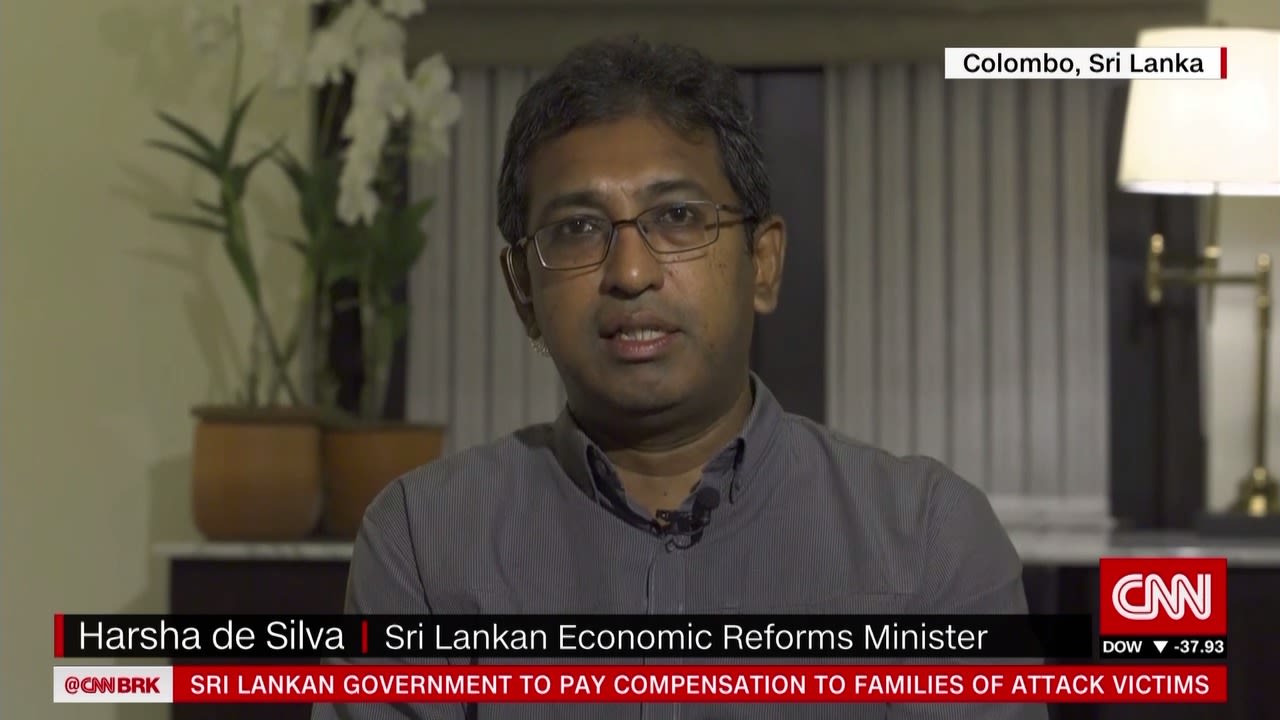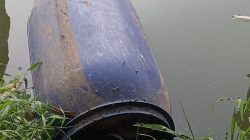Sri Lanka Begins Comprehensive Review of Nuclear Energy Readiness
Sri Lanka has taken a major step forward in its journey toward exploring nuclear energy. On July 14, the country launched a special program in Colombo to evaluate its preparedness for nuclear power. The event was held under the leadership of Minister of Energy, Eng. Kumara Jayakody, marking a key moment in the nation’s energy planning.
The five-day review, which will continue until July 18, is being carried out in partnership with the International Atomic Energy Agency (IAEA). The initiative is organized by the Sri Lanka Atomic Energy Board, which plays a central role in coordinating the country’s nuclear development efforts.
During the opening session, Minister Jayakody described the initiative as a “vital milestone” in shaping Sri Lanka’s future energy strategy. He emphasized the reliability and cost-effectiveness of nuclear energy, highlighting its potential to strengthen the nation’s energy security. According to the minister, nuclear power has already been integrated into the CEB’s Long-Term Generation Expansion Plan (LTGEP) for the period 2025–2044, where it is considered a core component.
Although no final decision has been made on adopting nuclear energy, the minister stressed that Sri Lanka is actively working on building the necessary infrastructure to meet future energy demands. He explained that the current review will help the country assess its existing nuclear capabilities, identify areas that need improvement, and receive expert recommendations for the next phase of development.
The event brought together a group of IAEA experts led by John Haddad. Alongside them were several local specialists, including Dr. Thushara Ratnayake, Chairperson of the Sri Lanka Atomic Energy Authority, and Prof. Jagath Pitawala, Chairperson of the Sri Lanka Atomic Energy Regulatory Commission. Other participants included professionals from both within and outside the country who specialize in nuclear energy.
Key Objectives of the Review
The primary goal of the five-day program is to ensure that Sri Lanka is fully equipped to explore nuclear energy as a viable option. This includes:
- Assessing current infrastructure: Evaluating the state of existing facilities and technologies related to nuclear energy.
- Identifying gaps: Determining what additional resources or improvements are needed to support a nuclear energy program.
- Receiving expert guidance: Leveraging the knowledge and experience of IAEA specialists to shape future steps.
- Strengthening regulatory frameworks: Ensuring that safety and environmental standards are met before any large-scale implementation.
Implications for Sri Lanka’s Energy Future
Nuclear energy presents a promising avenue for Sri Lanka, especially as the country seeks to diversify its energy sources and reduce dependence on imported fuels. With an increasing demand for electricity, the government is looking for sustainable and reliable solutions that can support long-term economic growth.
The inclusion of nuclear power in the LTGEP indicates a strategic shift towards more diversified energy planning. However, the path to implementing such a plan requires careful consideration of technical, financial, and regulatory factors.
Conclusion
As Sri Lanka moves forward with this review, the focus remains on ensuring that the country is well-prepared for the challenges and opportunities that come with nuclear energy. By engaging with international experts and strengthening domestic capabilities, the nation is taking important steps toward a more secure and sustainable energy future.







